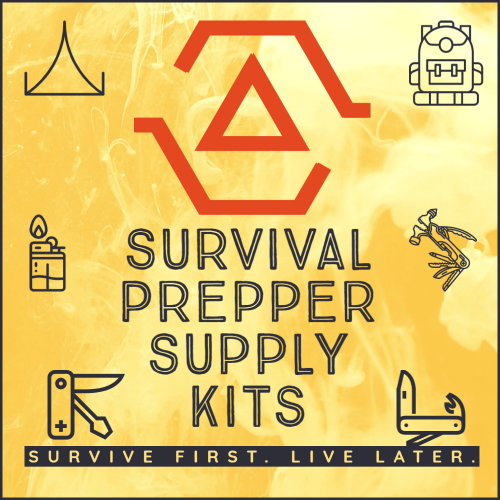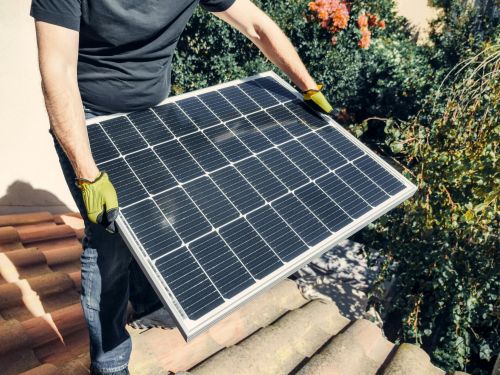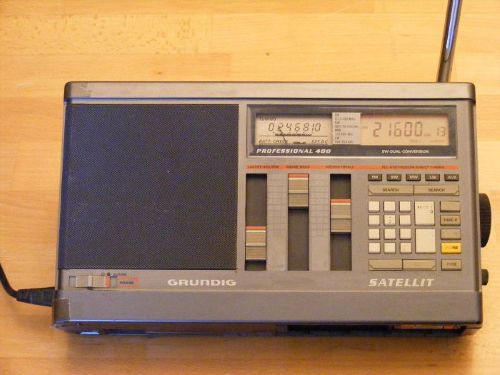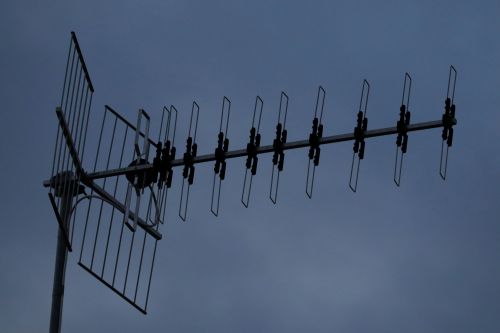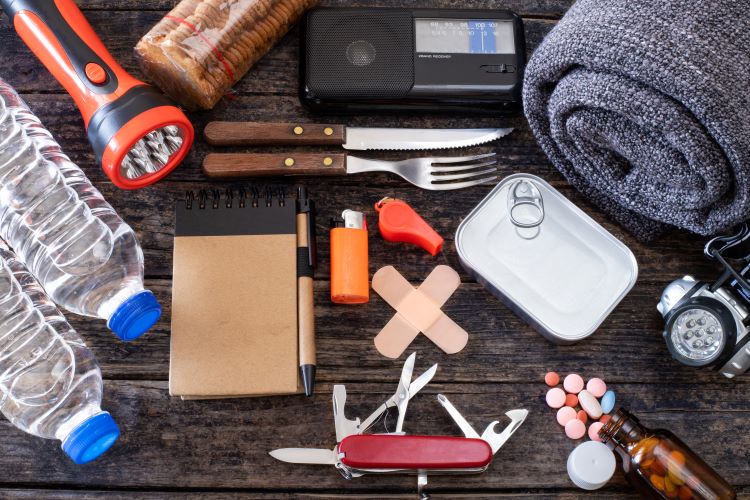Constructing a do-it-yourself emergency solar power system provides a crucial independent energy source when grid power is unavailable. The aim is to create a reliable and adaptable system capable of powering essential electronics. We have a small solar setup to run our generator. It will power our refrigerator and a fan. We have too many trees around our house for a bigger solar setup.
Begin by selecting appropriate solar panels. Consider factors like wattage, voltage, and portability. Monocrystalline panels are generally more efficient, while polycrystalline panels are more affordable. Flexible panels offer portability, but may be less durable.
A charge controller is essential. It regulates the flow of electricity from the solar panels to the battery, preventing overcharging and damage. Select a charge controller that matches the voltage and amperage of your solar panels and battery.
MPPT (Maximum Power Point Tracking) charge controllers are more efficient than PWM (Pulse Width Modulation) controllers. Batteries are vital for storing energy.
Deep-cycle batteries, designed for repeated charging and discharging, are recommended. Lead-acid or lithium-ion batteries are common choices. Ensure the battery capacity matches your energy needs. Consider using a battery bank for increased storage capacity.
An inverter converts the direct current (DC) from the battery into alternating current (AC), which most household appliances use. Select an inverter with sufficient wattage to power your essential devices. Pure sine wave inverters are preferable for sensitive electronics.
Wiring and connectors are crucial for connecting the components. Use appropriately sized wires to minimize energy loss. Ensure all connections are secure and properly insulated. Consider using quick-connect connectors for easy assembly and disassembly.
Mounting and positioning the solar panels is essential. Choose a location with maximum sunlight exposure. Consider using adjustable mounts to optimize panel angle. Ensure the panels are securely mounted to withstand wind and weather.
Assemble the system by connecting the solar panels to the charge controller, the charge controller to the battery, and the battery to the inverter. Follow the manufacturer’s instructions for each component. Ensure all connections are secure and properly polarized.
Test the system by connecting a load, such as a light bulb or small appliance. Monitor the voltage and amperage to ensure the system is functioning correctly. Make adjustments as needed.
Consider incorporating safety features like fuses or circuit breakers to protect the system and prevent damage. Portability is a valuable feature. Mount the components on a portable platform, such as a cart or a backpack. Consider using a folding solar panel or a rollable battery for increased portability.
Maintenance is crucial. Regularly inspect and clean the solar panels, check battery levels and connections, and ensure the charge controller and inverter are functioning correctly.
Power conservation is essential. Minimize your energy consumption by using energy-efficient appliances and lighting. Turn off unnecessary devices and conserve battery power.
Situational awareness is vital. Monitor weather forecasts and solar activity. Be aware of potential threats and develop a plan for responding to power outages or other emergencies.
Remember that building a DIY emergency solar power system is only one aspect of preparedness. Develop a comprehensive plan that includes food, water, security, and communication.
Stay informed about current events and potential threats. Adapt your plan as needed. Your ability to survive and thrive will depend on your resourcefulness and resilience. Do you have solar set up in your house or abode? How does it work for you? Is solar a secondary form of backup or do you use other power supplies? I’d love to hear your input on this. Please reply in the comments below.
